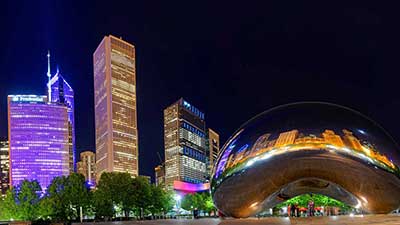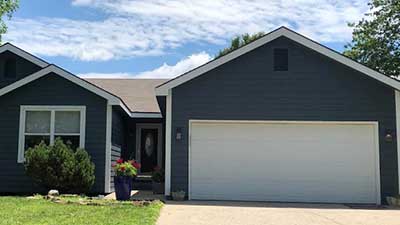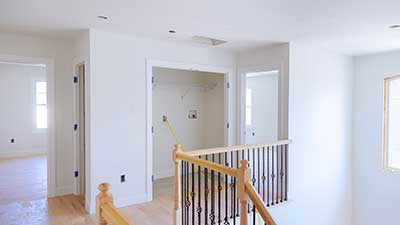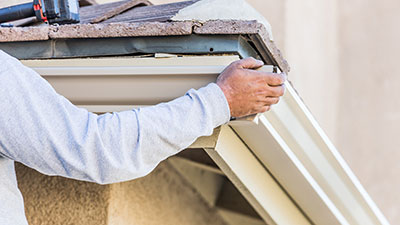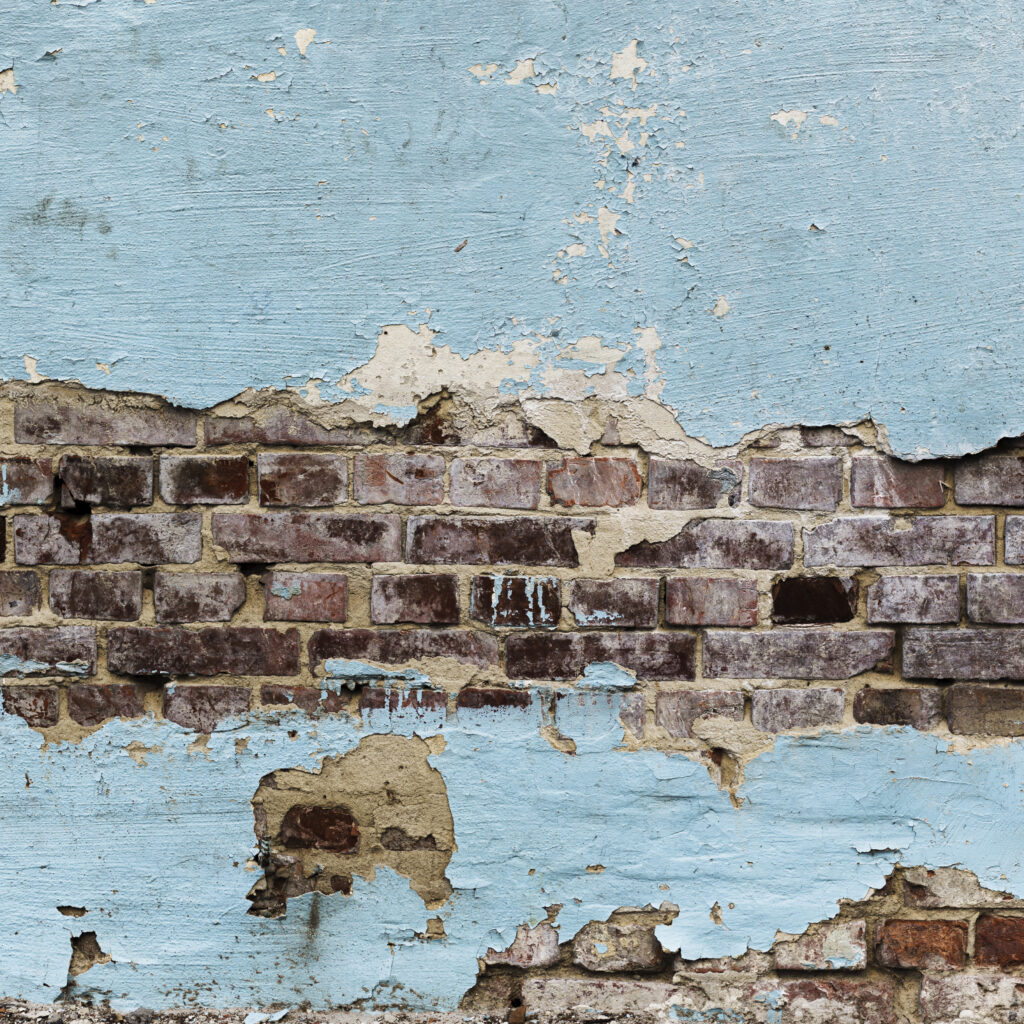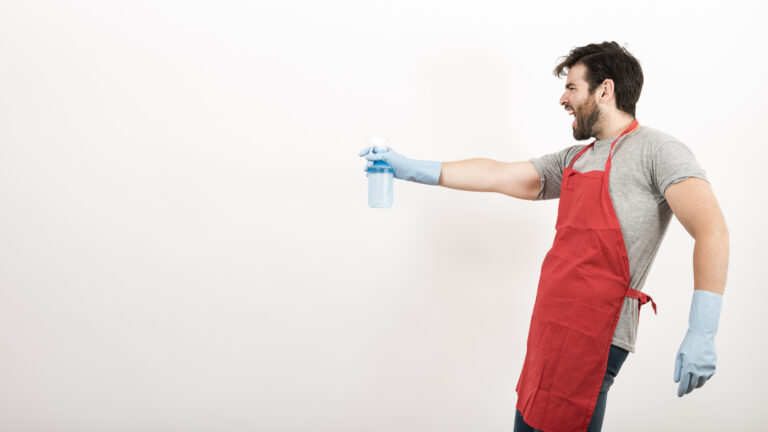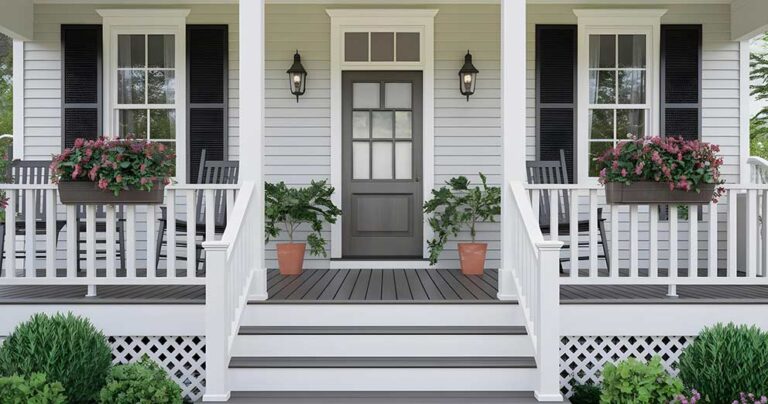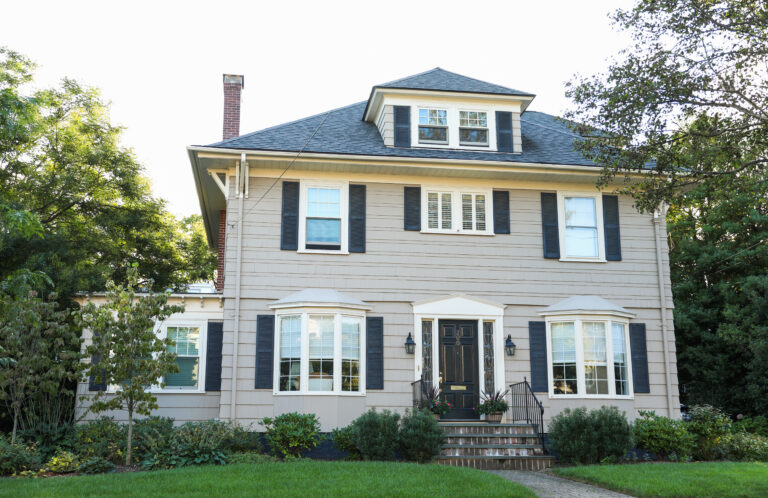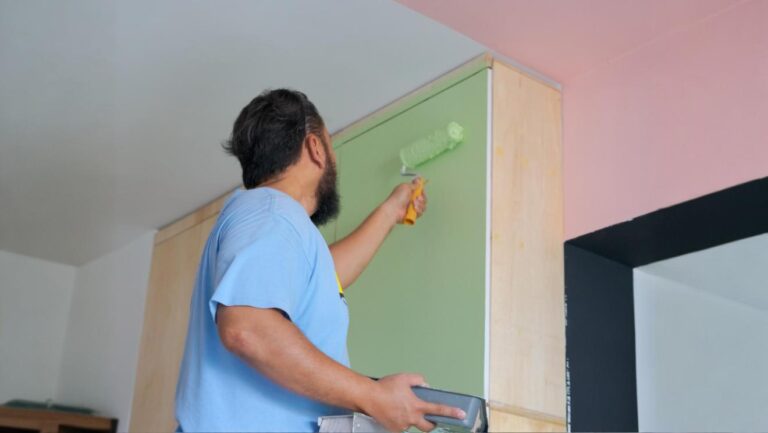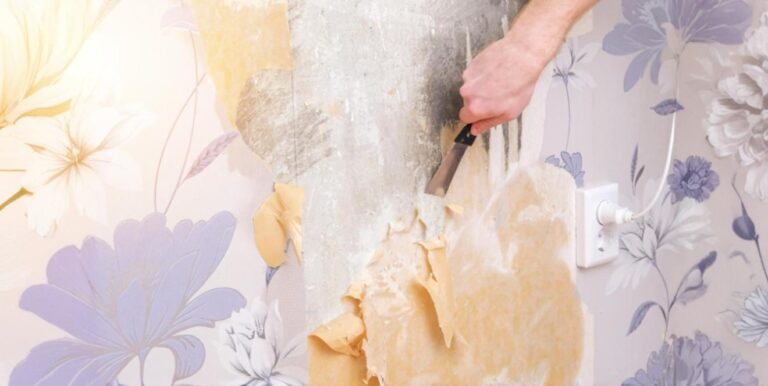Removing paint from brick can make a world of difference in restoring the original beauty of your brick surface. Whether you’re dealing with an old painted fireplace or exterior walls, you don’t have to live with that chipped, peeling paint. But before you get too excited, know that this process takes a bit of elbow grease. With that in mind, let’s walk through the steps to remove paint from brick the right way.
Key Takeaways
- Removing paint from brick restores its natural beauty and prevents long-term damage to the brick surface.
- Always assess the condition of your brick surface before starting, especially with older or more porous surfaces.
- Using the right paint stripper is crucial for effective paint removal without damaging the brick.
- Scrubbing with a wire brush or using a pressure washer can effectively remove softened paint but requires care.
- After paint removal, clean and inspect the brick surface to ensure it’s smooth and free of residue.
- For hassle-free paint removal and restoration, consider hiring professional services like OnDemand Painters.
Why Removing Paint from Brick Is Worth the Effort
If your brick surface is covered in layers of old, faded paint, it’s hiding the natural charm that brick offers. Restoring it can reveal the warm, rustic beauty that painted brick just can’t match. Plus, if you’re thinking of repainting or staining, starting with a clean slate is essential. Paint removal also helps preserve the longevity of the brick by allowing it to breathe properly, preventing moisture buildup and potential damage.
Safety Precautions and Lead Testing
Before starting any paint removal project, test for lead paint using a lead paint test kit if your home was built before 1978. If lead is detected, hire a lead abatement contractor rather than attempting removal yourself.
Essential safety equipment includes respirator or mask, protective gloves and goggles, long-sleeved clothing and closed-toe shoes, plus plastic sheeting to protect surrounding areas. For indoor projects, ensure proper ventilation by opening windows and doors.
Assessing the Brick Surface Before You Begin
Before jumping into any paint removal, assess the condition of your brick surface. Older bricks, especially those from before the 1950s, tend to be more porous and fragile. Historic brick and highly porous surfaces require extra gentle techniques. If your brick has been painted over multiple times, removing all the layers may take more time and effort, but the payoff is worth it.
Tools You’ll Need to Remove Paint from Brick
Here’s what you’ll need:
- A good paint stripper (gel-based for walls, liquid for floors)
- Wire brush or stiff-bristled scrub brush
- Steel wool for detail work
- Putty knife for stubborn spots
- Protective gloves, goggles, and long-sleeved clothing
- Buckets of warm water and sponges
- Lead paint test kit (for older homes)
- Trisodium phosphate (TSP) for cleaning dirty brick
- Baking soda for neutralizing chemical strippers
Safety first! Ensure the area is well-ventilated, especially if you’re working indoors.
Surface Preparation
Before applying any paint stripper, clean your brick surface. For dirty or sooty brick (common with fireplaces), mix TSP with warm water and scrub the surface clean. Set up your work area with plastic sheeting and always test your chosen stripper on a small, inconspicuous area first.
Step 1: Choosing the Right Paint Stripper
Not all paint strippers are the same, and choosing the right one is key to success. There are three main types:
- Solvent-based strippers: Work well on tough paint, but can be harsh on your lungs and the environment.
- Caustic strippers: Break down paint but may damage older brick surfaces if left on too long.
- Eco-friendly strippers: Take longer to work, but much safer for both your brick and the environment.
Gel vs. Liquid Strippers:
- Gel-based strippers work best for vertical surfaces like brick walls because they adhere better
- Liquid strippers are ideal for horizontal surfaces like brick floors
Apply strippers in thick layers rather than thin coats, which dry too quickly.
Step 2: Applying the Paint Stripper
Apply a thick, even layer of paint stripper over the brick using a brush or roller. Work in small sections for large projects. Let it sit for the recommended time – typically 10-15 minutes for single layers, but up to several hours for multiple paint layers.
While the stripper is doing its job, resist the temptation to rush. The longer it sits, the easier the paint will come off.
Step 3: Scrubbing and Removing Paint
Once the stripper has softened the paint, start with gentle methods and progress to more aggressive techniques:
- Begin with putty knife scraping for loose paint
- Use wire brushes with firm, circular motions
- Apply steel wool for detailed work in crevices
If scrubbing by hand isn’t cutting it, a pressure washer might be your next option. But be careful! Too much pressure can damage the brick, so use it on a lower setting.
Step 4: Cleaning and Restoring the Brick Surface
If you used chemical strippers, neutralize any remaining residue with a baking soda and water solution before final cleaning.
Fill a bucket with warm water and use a sponge to wash down the brick, removing any remaining stripper and paint particles. You might have to go over the brick a couple of times to get it completely clean.
After everything is cleaned up, inspect your brick for any damage. If the brick surface feels rough, light sanding with fine-grit sandpaper can help smooth things out.
Alternative Methods for Removing Paint from Brick
If chemical paint removers aren’t your thing, consider these alternatives:
- Sandblasting: Quick for large areas, but requires professional equipment and can damage older bricks.
- Soda blasting: Gentler alternative using baking soda, safer for historic brick
- Putty Knife Scraping: Time-consuming but chemical-free option for small areas.
- Heat Guns: Soften paint for scraping, but be careful not to overheat and crack brick.
When to Call Professionals
Consider hiring professionals for large exterior projects, historic homes with special requirements, any situation involving lead paint, or projects requiring specialized equipment.
Bringing It All Together
Getting paint off brick is no small feat, but with the right tools, some elbow grease, and patience, you’ll be rewarded with a beautifully restored surface that shows off the natural charm of your brick. Remember, the key to success is taking it slow and steady—your brick will thank you for it!
FAQs
How to remove paint from brick without damaging the surface?
The best way to remove paint from brick is by using a suitable paint stripper and scrubbing carefully, especially on a porous surface.
What type of paint stripper should I use for painted brick?
Eco-friendly paint strippers are safest, especially for older bricks or indoor projects.
What’s the difference between gel and liquid paint strippers?
Gel strippers work best on vertical surfaces, while liquid strippers are ideal for horizontal surfaces.
Do I need to test for lead paint before starting?
Yes, always test for lead paint in homes built before 1978.
How long does paint stripper need to sit on brick?
Typically 10-15 minutes for single layers, up to several hours for multiple layers.
Is pressure washing a good method for removing paint from brick?
Pressure washing can be effective on a painted surface, but use caution with pressure settings to avoid damage.
Can I use the same techniques to remove paint from a brick fireplace?
Yes, but brick fireplace surfaces often have a more porous surface that requires extra care. Use gentler techniques and allow more time for the paint remover to work, especially around areas exposed to heat.

